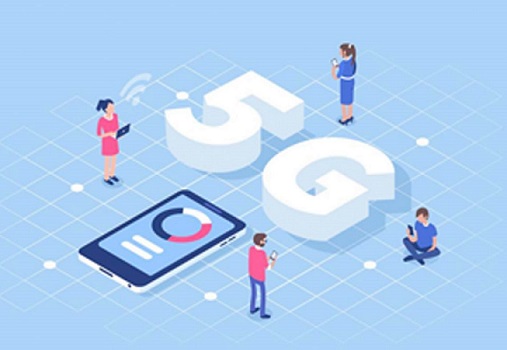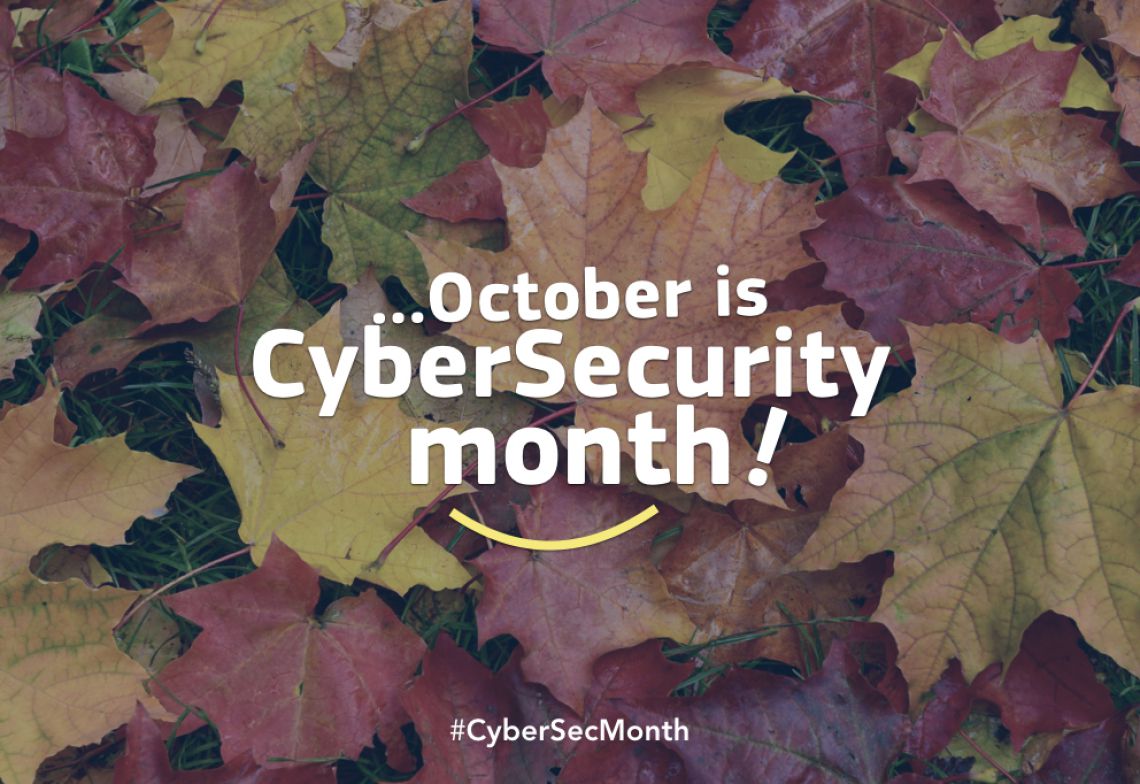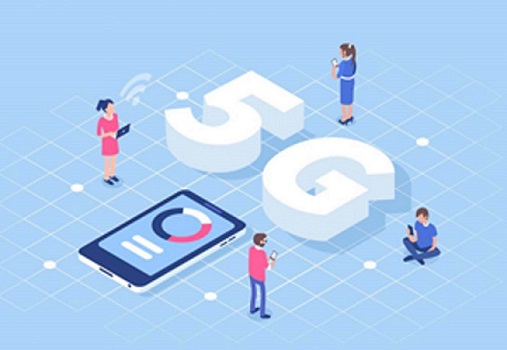Following the Commission Recommendation for a common European approach to the security of 5G networks, 24 EU Member States have now completed the first step and submitted national risk assessments. These assessments will feed into the next phase, a EU-wide risk assessment which will be completed by 1 October.
National risk assessments include an overview of:
- the main threats and actors affecting 5G networks;
- the degree of sensitivity of 5G network components and functions as well as other assets; and
- various types of vulnerabilities, including both technical ones and other types of vulnerabilities, such as those potentially arising from the 5G supply chain.
In addition, the work on national risk assessments involved a range of responsible actors in the Member States, including cybersecurity and telecommunication authorities and security and intelligence services, strengthening their cooperation and coordination.
On the 1st of October the European Cybersecurity Month was launched in all Member States to raise awareness about cybersecurity threats as well as promote cybersecurity among citizens and organisations through education and sharing of good practices. This year, in particular, the European Cybersecurity Month will focus on raising awareness about the good cybersecurity practices that should be a part of everyone’s daily routine, and the importance of ensuring that technology devices are secure.
The campaign activities are coordinated by the EU Agency for Cybersecurity and the Commission, and are strongly supported by the EU Member States. They focus on two priorities: first, on the daily routines, checks and general behaviour required to stay safe online and, second, on how to remain technologically-savvy and safe with rapidly evolving technologies. The overall goal is to ensure that citizens are aware of online risks and have the tools to become more resilient and confident users.
Following the Commission Recommendation for a common European approach to the security of 5G networks, 24 EU Member States have now completed the first step and submitted national risk assessments. These assessments will feed into the next phase, a EU-wide risk assessment which will be completed by 1 October.
The ETSI Industry Specification Group working on IPv6 (ISG IP6) has been extended until December 2020 in order to complete an IPv6-based vehicular networking report and a report on IPv6 security, cybersecurity and privacy.
The ETSI ISG IP6 has already released 7 Group Reports that cover very sensitive areas for the deployment of IPv6. They address 6TiSCH interoperability test specifications, IPv6-based 5G mobile wireless internet deployment, the deployment of IPv6-based SDN and NFV, IPv6-based industrial internet leveraging 6TiSCH technology, the deployment of IPv6-based Internet of Things, the generic migration steps from IPv4 to IPv6 and the IPv6 deployment in the enterprise.
IPv6 was developed to address IPv4 address exhaustion in some parts of the world and enable new internet services with improved end to end security. With the Internet of Things and the growing number of connected devices round the world, IPv6 becomes a necessity.
The European Commission has announced the launch of "OPENQKD" a pilot project that will install a test quantum communication infrastructure in several European countries, was launched. It will boost the security of critical applications in the fields of telecommunications, health care, electricity supply and government services.
The project OPENQKD will aim to bring about a change in the way we see, understand and use quantum communication. Its main focus is to create and test a communication network infrastructure with a built-in quantum element, using Quantum Key Distribution (QKD), a ultra-secure form of encryption that allows data to be transmitted with a very high level of security.
ETSI launches specification group on Securing Artificial Intelligence
ETSI has announced the creation of a new Industry Specification Group on Securing Artificial Intelligence (ISG SAI). The group will develop technical specifications to mitigate threats arising from the deployment of AI throughout multiple ICT-related industries. This includes threats to AI systems from both conventional sources and other AIs.
The intent of the ISG SAI is therefore to address 3 aspects of artificial intelligence in the standards domain:
- Securing AI from attack e.g. where AI is a component in the system that needs defending
- Mitigating against AI e.g. where AI is the ‘problem’ or is used to improve and enhance other more conventional attack vectors
- Using AI to enhance security measures against attack from other things e.g. AI is part of the ‘solution’ or is used to improve and enhance more conventional countermeasures.
The purpose of the ETSI ISG SAI is to develop the technical knowledge that acts as a baseline in ensuring that artificial intelligence is secure. Stakeholders impacted by the activity of ETSI’s group include end users, manufacturers, operators and governments.











